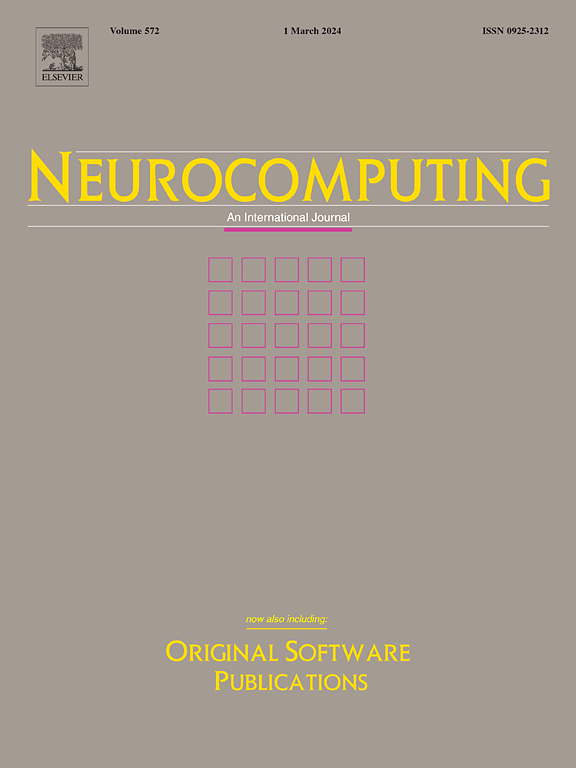Exploring inter- and intra-modal relations in compositional zero-shot learning
IF 5.5
2区 计算机科学
Q1 COMPUTER SCIENCE, ARTIFICIAL INTELLIGENCE
引用次数: 0
Abstract
Compositional Zero-Shot Learning (CZSL) aims to recognize unknown compositions by leveraging learned concepts of states and objects. Prior methods have typically emphasized either inter-modal relation for multi-modal fusion, ignoring the entanglement within state–object pairs, or solely intra-modal relation for enhancing representations, neglecting the association between vision and language domains. To tackle these limitations, we propose a CZSL framework that simultaneously learns inter- and intra-modal relations to improve image-label alignment. Firstly, we explore inter-modal relation to enable image features to grasp the cross-modal information from states and objects. The image–text fusion method facilitates the modeling of text-aware image features and image-aware text features, improving the model’s compositional recognition capability. Secondly, due to the contextuality within state–object pairs, we further explore intra-modal relation to exploit semantic information from various representation subspaces, facilitating the comprehensive semantic expression of text features. Moreover, we propose a composition fusion module to establish semantic entanglement within state–object compositions. Extensive experiments demonstrate that our method significantly surpasses the state-of-the-art methods in both closed-world and open-world settings.
探索组成零射击学习中的模态间和模态内关系
composition Zero-Shot Learning (CZSL)旨在通过学习状态和对象的概念来识别未知的组合。先前的方法通常要么强调多模态融合的模态间关系,忽略状态-对象对之间的纠缠,要么仅仅强调模态内关系来增强表征,忽略视觉和语言域之间的关联。为了解决这些限制,我们提出了一个同时学习模态间和模态内关系的CZSL框架,以改善图像标签对齐。首先,我们探索多模态关系,使图像特征能够从状态和对象中获取多模态信息。图像-文本融合方法有利于文本感知图像特征和图像感知文本特征的建模,提高了模型的成分识别能力。其次,基于状态-对象对的语境性,进一步挖掘模态内关系,从各个表示子空间中挖掘语义信息,促进文本特征的综合语义表达。此外,我们提出了一个组合融合模块来建立状态-对象组合中的语义纠缠。大量的实验表明,我们的方法在封闭世界和开放世界环境中都明显优于最先进的方法。
本文章由计算机程序翻译,如有差异,请以英文原文为准。
求助全文
约1分钟内获得全文
求助全文
来源期刊

Neurocomputing
工程技术-计算机:人工智能
CiteScore
13.10
自引率
10.00%
发文量
1382
审稿时长
70 days
期刊介绍:
Neurocomputing publishes articles describing recent fundamental contributions in the field of neurocomputing. Neurocomputing theory, practice and applications are the essential topics being covered.
 求助内容:
求助内容: 应助结果提醒方式:
应助结果提醒方式:


